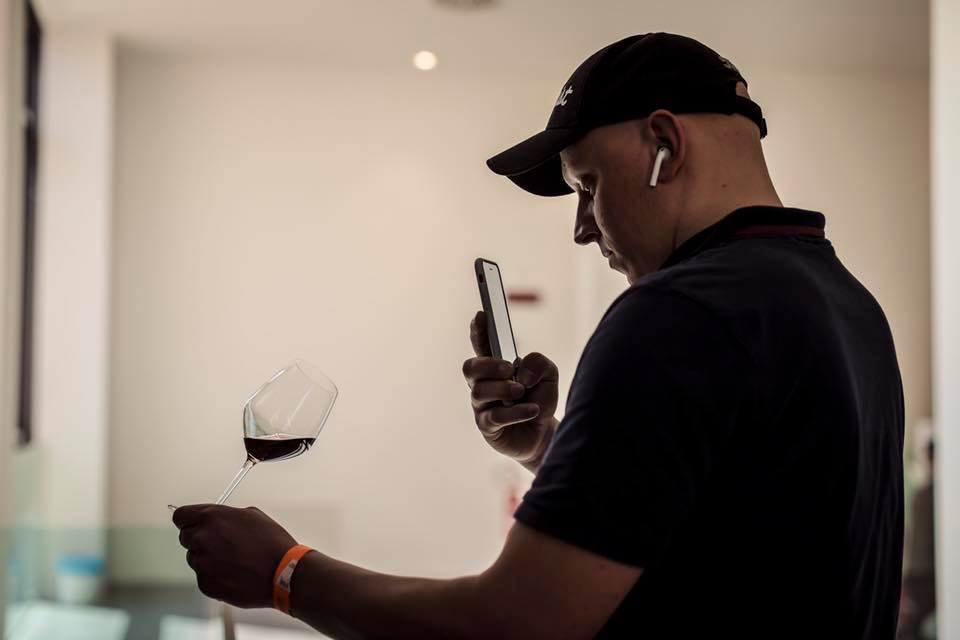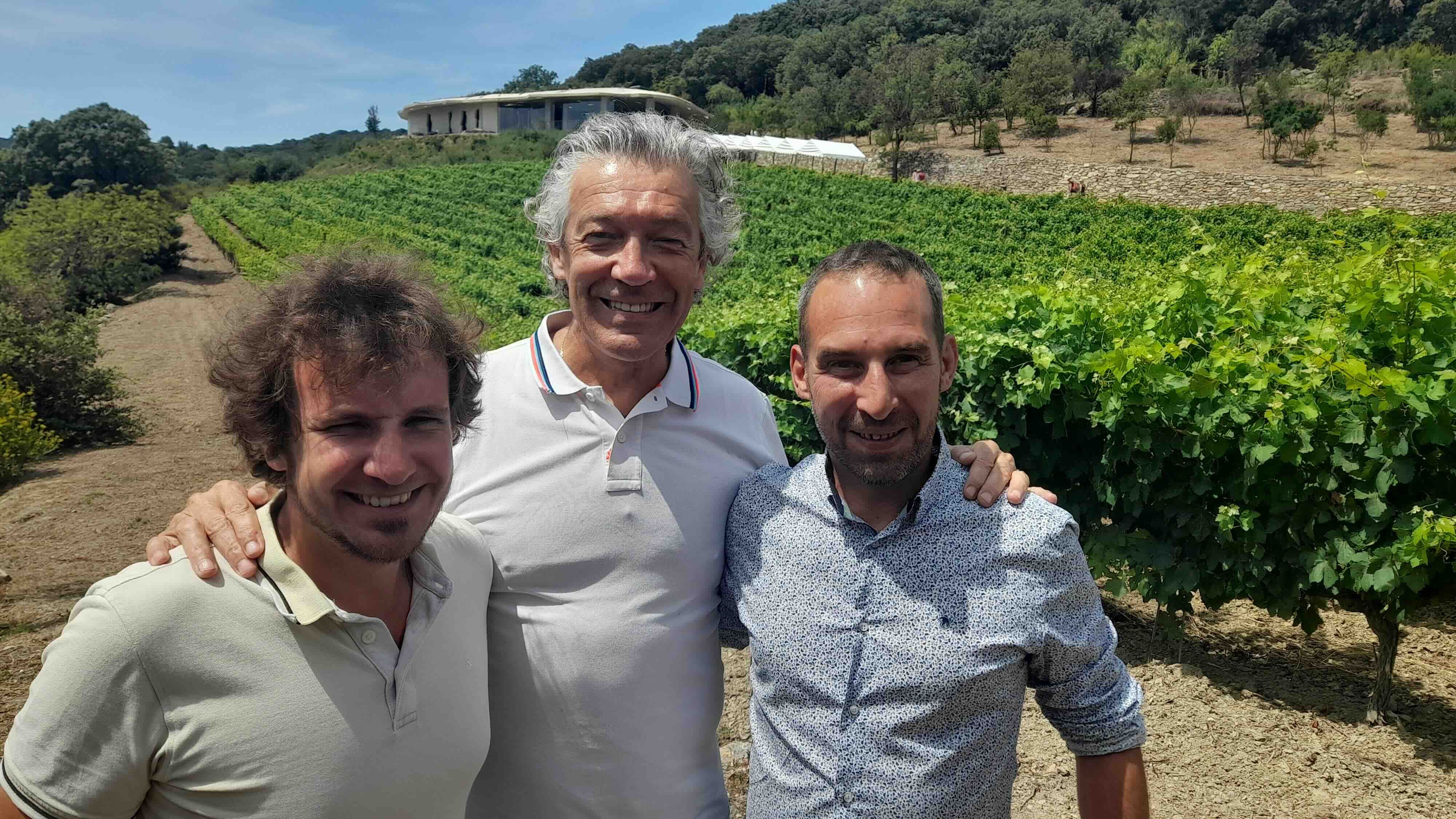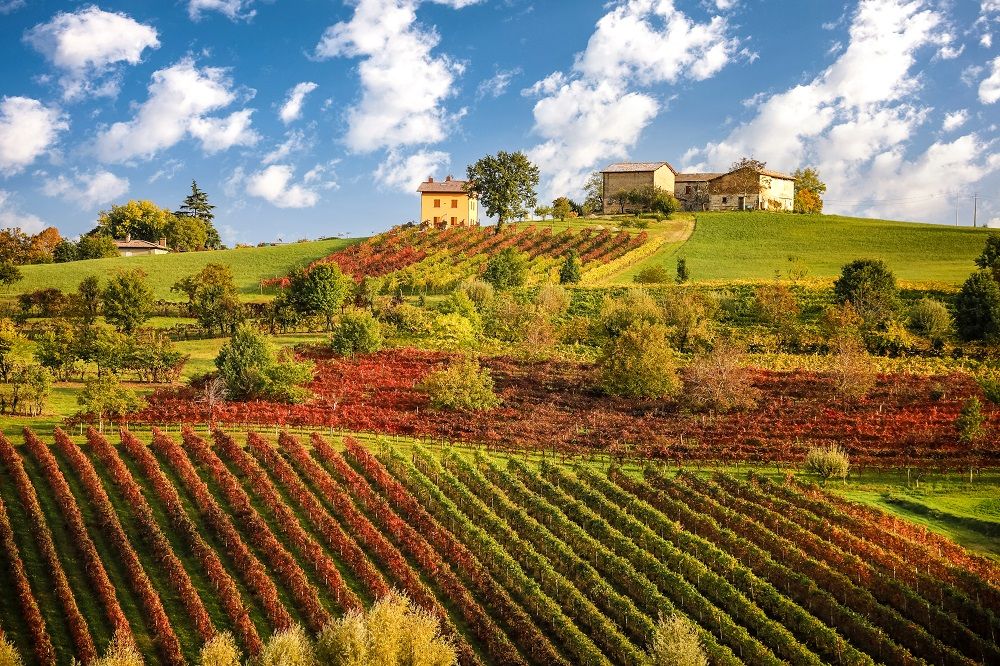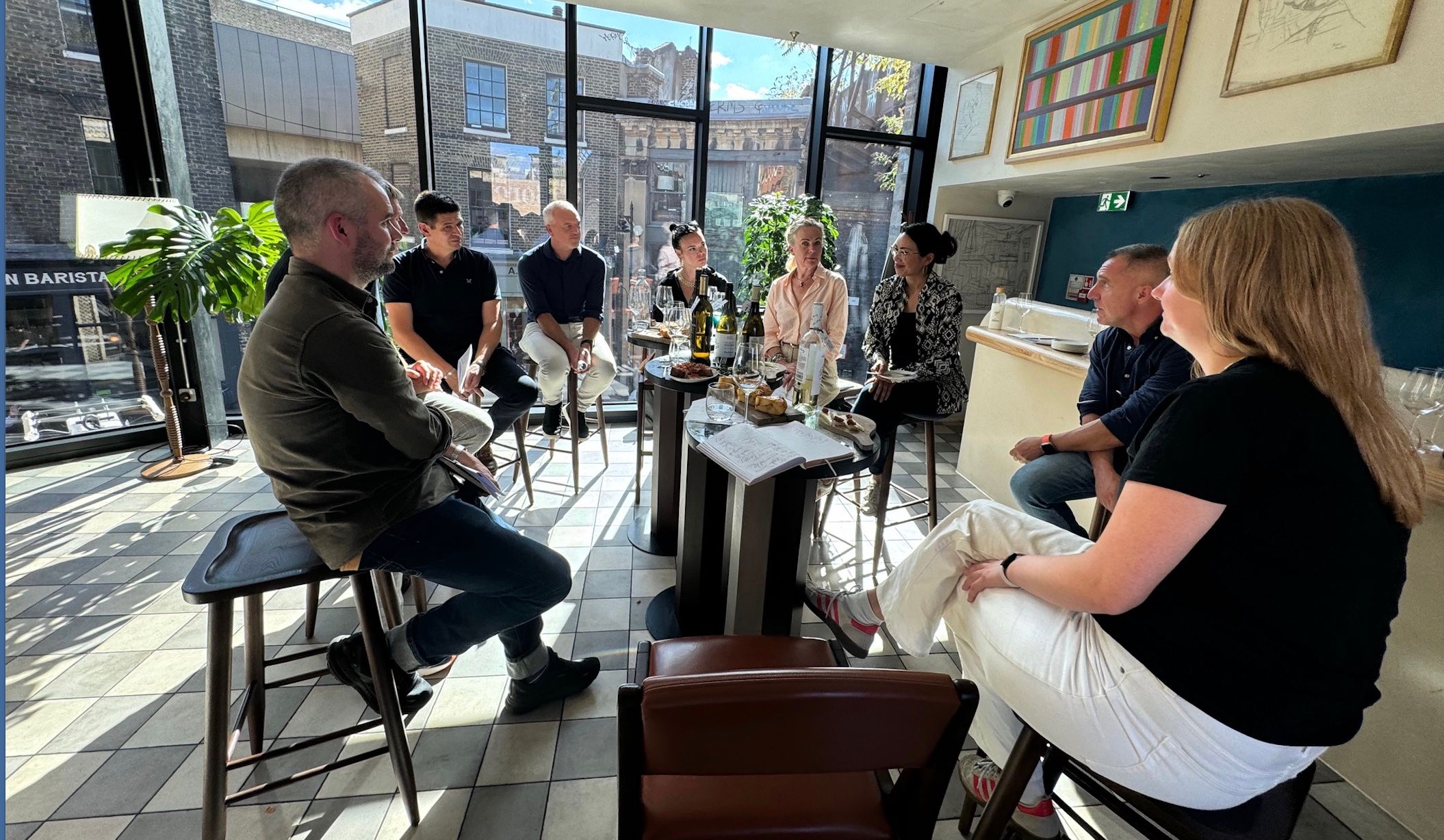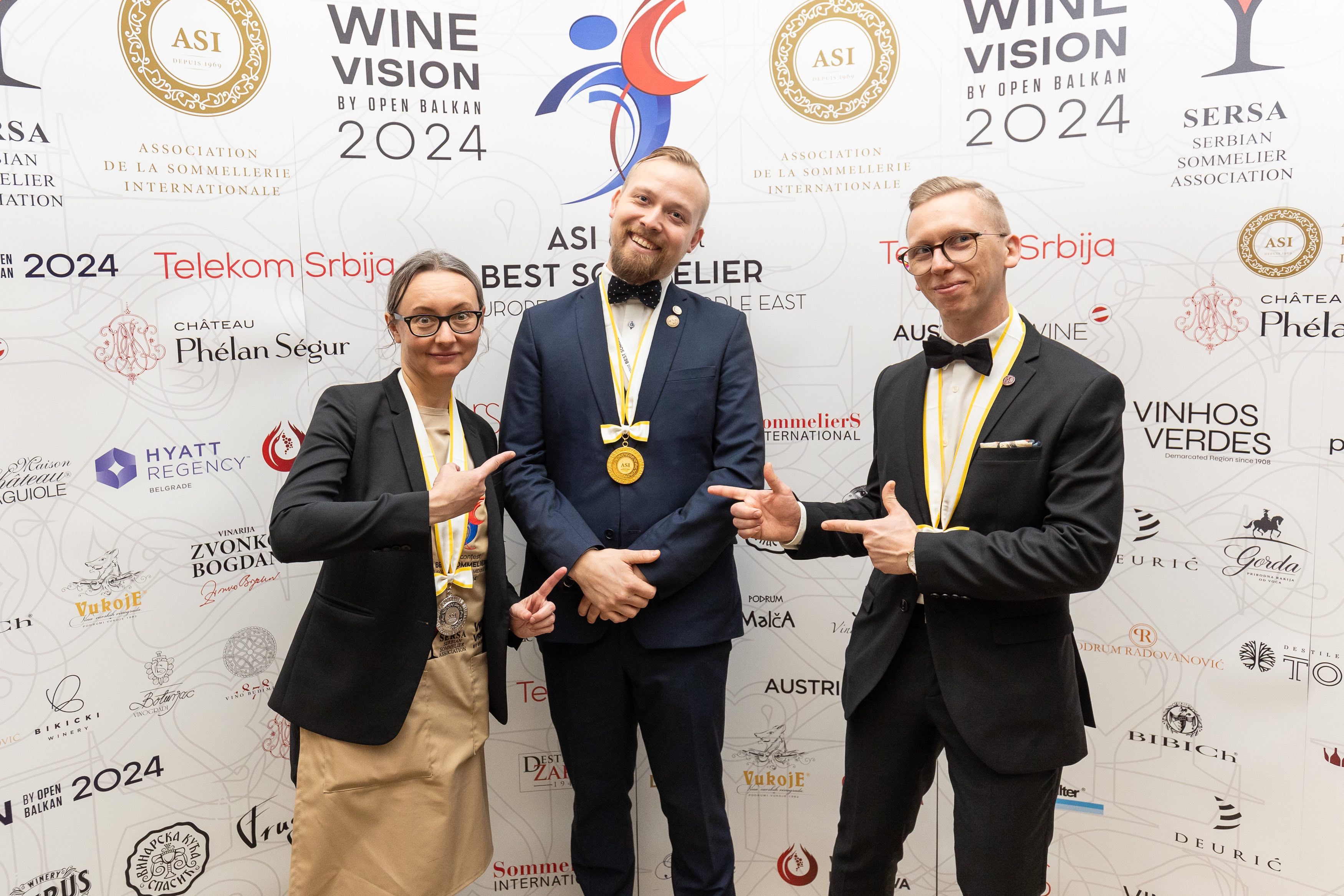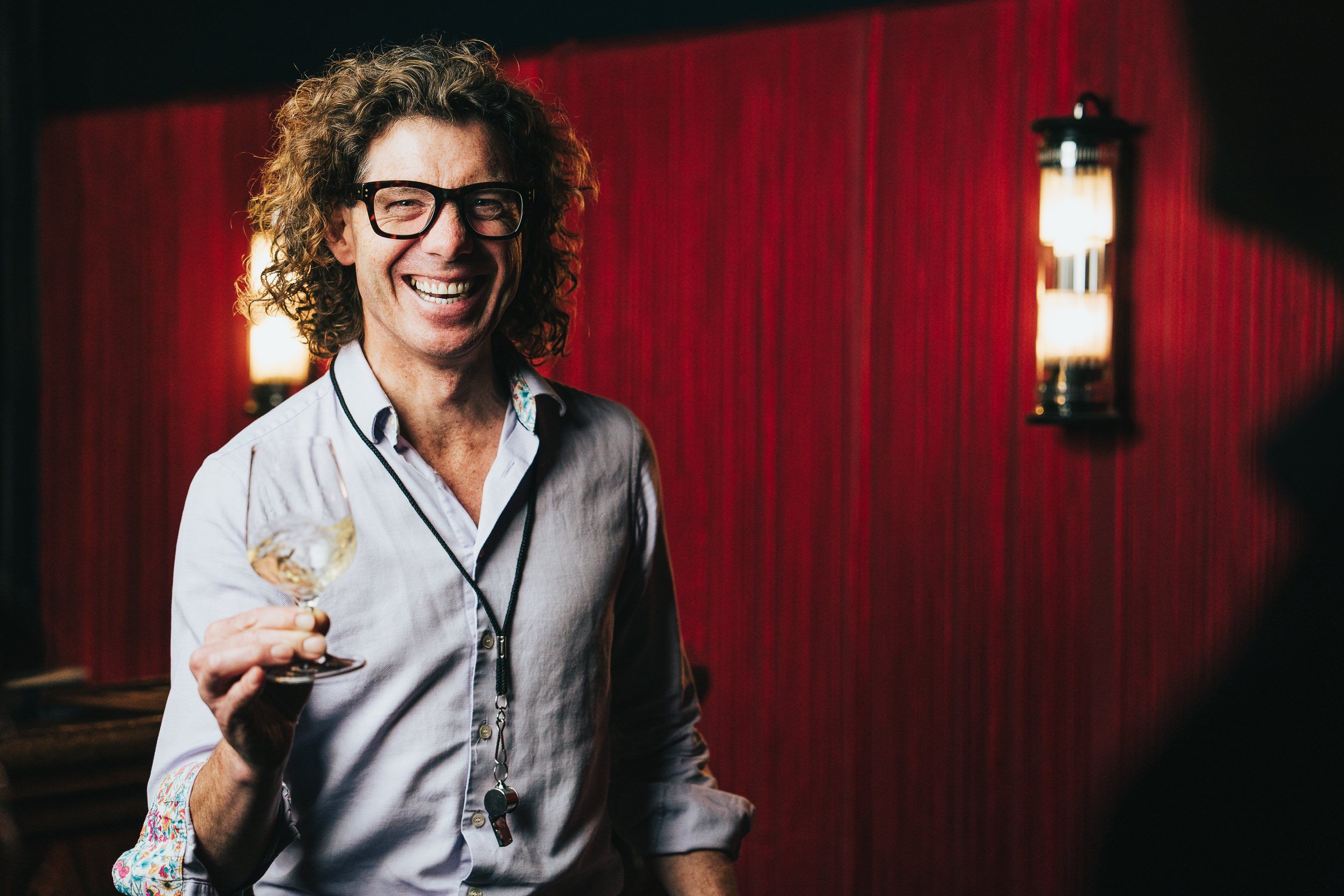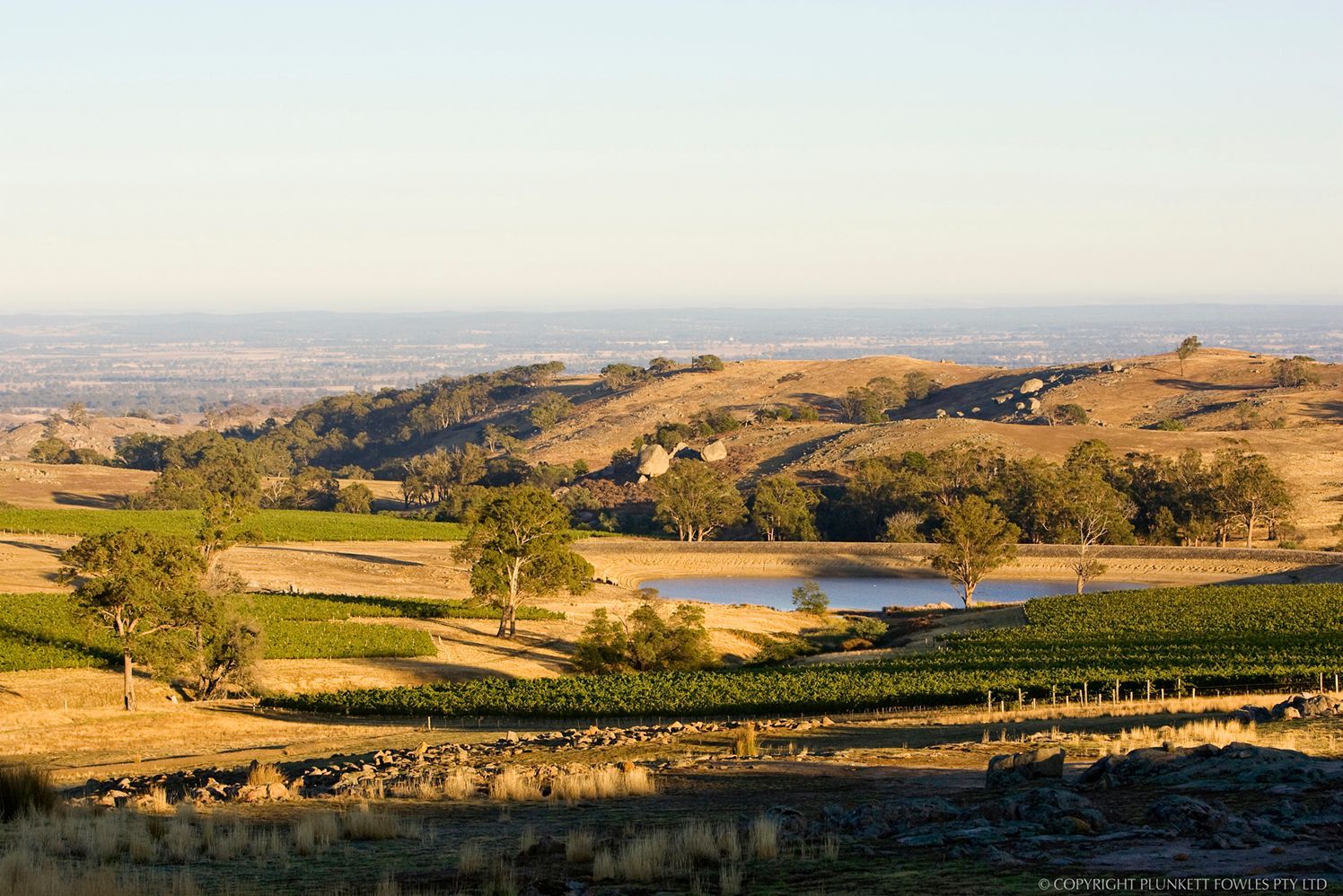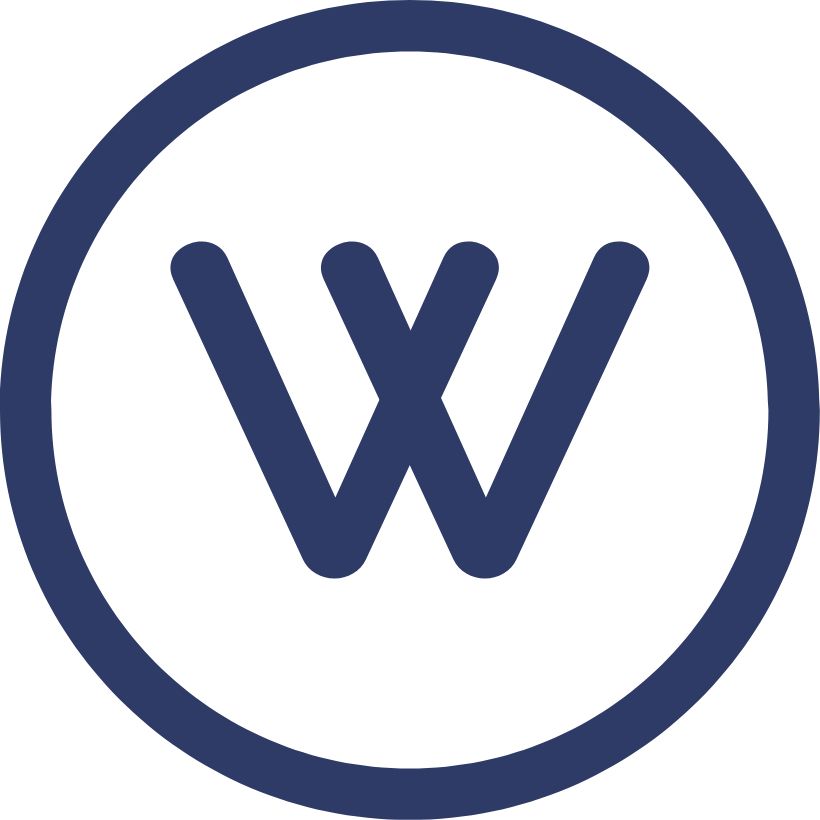At Taste Alto Piemonte all 10 appellations were represented by 50 producers, all mainly making Nebbiolo in a variety of fascinating ways.
When Roberto Conterno, owner of the iconic Barolo estate, Giacomo Conterno, invested last year in another winery in the much lesser-known area of Alto Piemonte, eyebrows were raised not just in Italy but around the world. The amount he paid for a 90% stake in Nervi, in the Gattinara DOCG, was undisclosed but the word was that it was in excess of €5m for 27 hectares. A substantial outlay, in other words, and not one made on a whim but due to strong evidence that the hill district of Alto Piemonte, 150km north-east of Langhe, is a region with all the credentials to produce high quality Nebbiolo.

Vineyards in Gattinara, considered to be the best appellation
Historically, Alto Piemonte has long been associated with viticulture, with the Romans planting vines there in the second century BC. It had as many as 40,000 hectares under vine until phylloxera struck in the late 19th century. Later came further loss of vineyards with the industrialisation of the valley floors, with the area becoming and still remaining a key centre for the Italian textile industry and its world-famous brands. Now, only 800 hectares are under vine in its two DOCGs (Gattinara and Ghemme) and its eight DOCs (Boca, Bramaterra, Colline Novaresi, Coste della Sesia, Fara, Lessona, Sizzano and Valli Ossolane).
It says much for Alto Piemonte that Conterno wanted to buy vineyards there. Nervi may be the oldest winery to be founded in the region, back in 1906, and Gattinara, along with Ghemme, is the most prestigious appellation, but all ten appellations, while diverse, have much in common, including an ideal microclimate and complex, mineral-rich soils. They are all shielded from cold northern winds by Monte Rosa, the second highest mountain in Europe, while during the growing season, fresh winds from the Alpine glaciers bring down high afternoon temperatures and increase the diurnal range. Indeed, it is significantly wider than in Langhe.
Volcanic soils, especially in Gattinara and Boca, bring minerality to the wines. Gattinara’s rocky vineyards are located mostly on very steep hillsides, aiding drainage. Finally, the soils of Alto Piemonte are very acidic which, as the AWRI has shown results in lower yields, and in theory, higher concentration.

Taste Alto Piemonte weekend festival is official opened at the end of March, 2019
Eager to promote the region, the Consorzio di Tutela Nebbioli Alto Piemonte laid on a Taste Alto Piemonte weekend festival in the historic old town of Novara at the end of March. All ten appellations were represented with over 50 producers showing their wines. The little white wine they make is from Erbaluce, a varietal with fresh acidity and citrus-like fruit, while the majority of black grapes grown are Nebbiolo.
Many producers like to blend it with small percentages of Vespolina, Uva Rara (aka Bonarda) and/or Croatina. Most of the top Gattinara producers make wines from 100% Nebbiolo, while a number of Ghemme wineries like to add up to 15% Vespolina to soften Nebbiolo’s notoriously powerful tannins. A 100% 2017 Vespolina from Cascina Preziosa (Coste della Sesia DOC) was very appealing – spicy red fruit with unobtrusive tannins.
The best examples of Nebbiolo came from Gattinara and Ghemme, although some excellent wines from Boca, Lessona, Fara and Colline Novaresi were also tasted (more on them later).
Starting with Gattinara, the Antoniolo ‘Osso San Grato’ 2014 was complex with clear mineral notes. The Nervi ‘Vigna Molsino’ 2014 was another upper premium quality single vineyard Nebbiolo with silky tannins. Long, concentrated and complex, this was well worth its €45 RRP. The Vegis Stefano ‘Vegis’ 2014 and the Caligaris Luca ‘Gattinara’ 2012 each possessed very attractive fruit, being long and complex, while the Cantina Delsignore ‘Borgofranco’ 2012 and the Il Chiosso ‘Galizja’ 2012 were similarly excellent. All these wines were 13-13.5% with fine tannins that were very well integrated.

From Ghemme, a number of wines stood out. The Ca’ Nova Riserva 2009 had fabulous fruit with approachable tannins, terrific concentration and a long finish (great value at €30 RRP); the Torraccia del Piantavigna ‘Vigna Pelizzane’ 2011, from the best vineyard on the estate, had lovely fruit and intensity with very nicely meshed tannins; the Vigna Ronco Maso ‘Ghemme’ 2008 and the Mazzoni ‘ai Livelli’ 2009 were two other impressive Nebbiolo single varietals, while two wines with 10-15% Vespolina – the Miru ‘Vigna Cavenago’ 2011 and the Pietraforata ‘Ghemme’ 2012 – showed particularly well.

Boca, which was established as a DOC as far back as 1969, is another appellation with considerable pedigree. Indeed, as far back as the 14th century, a chronicler named Pietro Azario from Novara, wrote that Boca wine was “famous since the ancient times.” Its soil profile – mainly volcanic rocks resulting from an explosion of a volcano in Valsesia – is the key.
Two good wineries, Poderi Garona and Poderi ai Valloni each add 20% Vespolina and 10% Uva Rara to 70% Nebbiolo to produce a worthy blend, while another capable producer, Casino Montalbano, adds 30% Vespolina.
Lessona DOC wineries tend to prefer 100% Nebbiolo, although one leading winemaker, Massimo Clerico, adds a splash of Vespolina. His Reserva 2013 was outstanding, while La Prevostura, Noah and Cassina Pietro are all quality producers. (if you’re travelling there La Prevostura does delicious lunches at weekends, incidentally).

In the Fara DOC, Castaldi Francesca’s wines stood out, while in Coste della Sesia DOC, Alessandro Ciccione, winemaker for Centovigne, crafts excellent Nebbiolo at the family’s castle, Castello di Castellengo, where B&B stays can be arranged. In the Colline Novaresi Nebbiolo DOC, two producers whose wines impressed were Madonna dell’Uva and Enrico Crola.
Many other unmentioned estates are producing excellent wines in Alto Piemonte, where real value-for-money can be found. As prices rise inexorably for the wines of Langhe, where a hectare of vines costs between €1.5 to 2 million, others may well follow Conterno’s example in buying vineyards in Alto Piemonte, where a hectare fetches €150-200,000. Its days as a forgotten gem look to be over.
